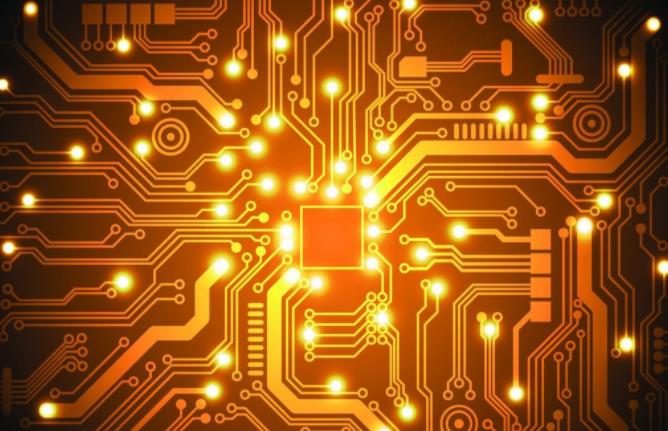Partially buried daughter board technology can reduce material costs for the manufacturing of multi-structure interconnected PCBs, but it is still difficult to bypass the daughter mother board during the processing, poor alignment, difficult to deal with glue overflow on the board surface, and large board warping. problem. This article will discuss the above three issues and propose countermeasures such as the alignment design of the rounded corners of the daughter board, the copper cutting to control the overflow, and the optimization of the laminated structure to improve the board warping, so as to further improve the product quality and processing yield.
As the price of PCB raw materials continues to rise, the cost control of product manufacturing becomes more and more important. Where special materials need to be mixed and compressed, a more mature solution is to use the special material wiring part as an independent layer. Obviously, this solution is not conducive to reducing the thickness of the product, and the area of the special material is not fully utilized. The local embedded sub-board products use special materials as independent sub-boards and then embed conventional materials to synthesize a composite laminate structure.

Therefore, the thickness of the product can be further reduced. At the same time, special materials are also used as independent sub-boards. Making full use of it, so that the material cost has also appeared to be able to reduce the space.
However, in actual product applications, the local buried sub-board technology has not been promoted more, and the original special materials as an independent hierarchical structure are still the mainstream. Although the local sub-board technology has the potential to reduce material costs, there are still some problems that are difficult to control in the process of product production. It is inevitable that many manufacturers will step back and choose a more secure approach. In order to reduce the technical risks of local buried sub-board processing, this article will faithfully analyze the causes of these problems, and put forward some practical and effective processing plans for reference.
The typical manufacturing process of partially buried daughter board PCB is similar to most embedded products. In the manufacturing process of partially buried daughter board PCB, it is necessary to focus on the processing before and after the mother board is pressed. The goal is to control the alignment of the PCB daughter board. The specific control requirements are usually as follows:
(1) After the PCB daughter-mother board is pressed, the layer offset between the daughter board and the mother board should not exceed 0.075mm;
(2) The gap between the PCB daughter-mother board and the mixed pressure is fully filled with glue, without voids, and the width of the glue flowing from the gap to the copper surface is not more than 0.1mm;
(3) After the PCB daughter-mother board is mixed and pressed, the height difference of the filling edge surface should not exceed 0.1mm, and the board warping should not exceed 0.75%.